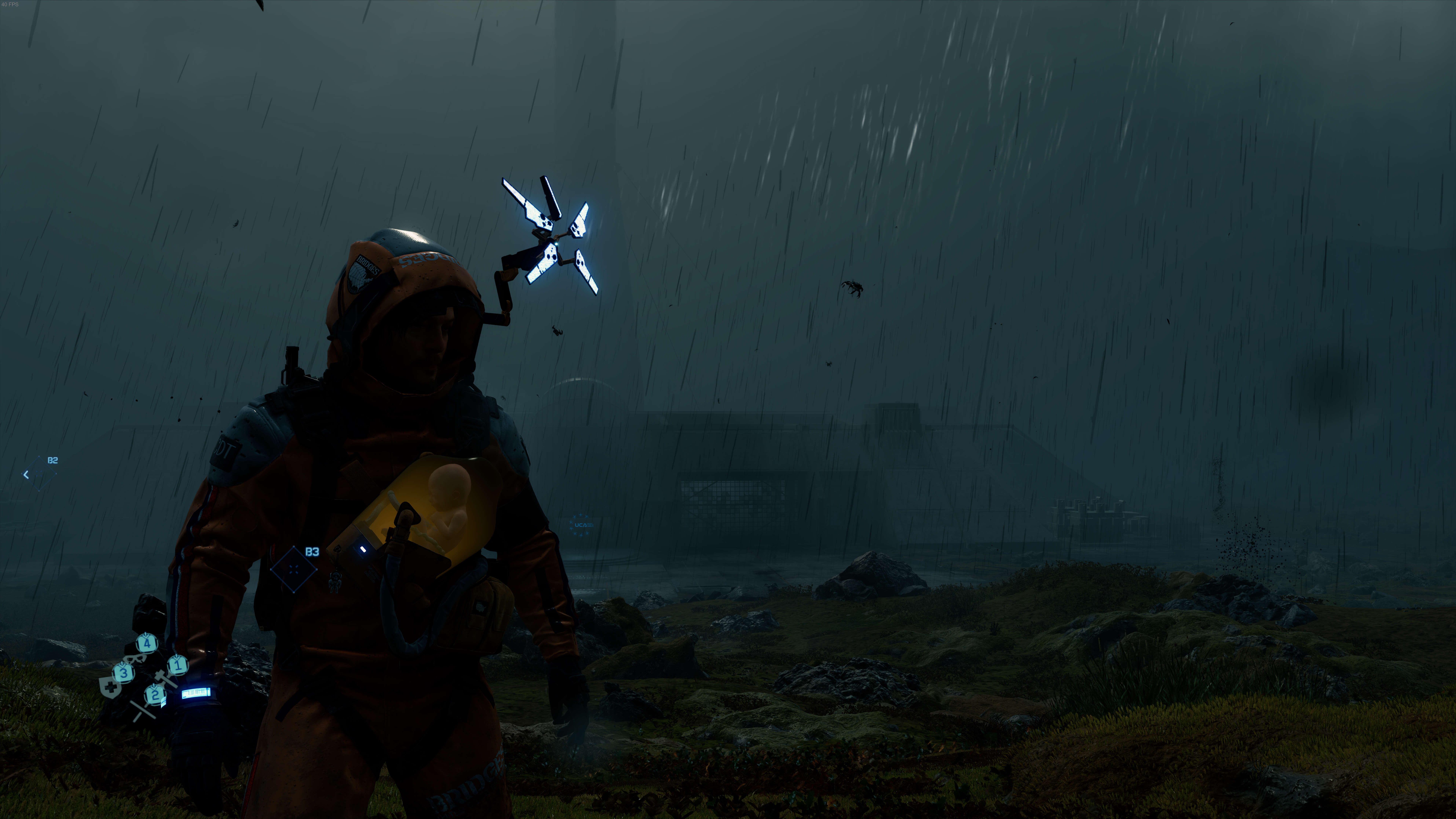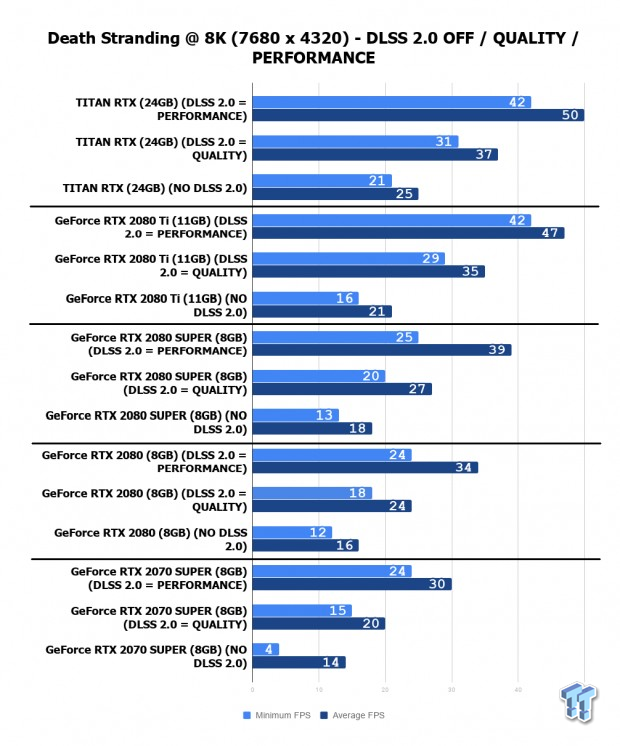Lol Melmec, not sure if you are playing silly or what. Go read my original post and you will see what I have a problem with. I do not have a problem with correctly labeled images, I bloody complemented the review for using the correct labels for god sakesYou disagree? What are you disagreeing with? These images are from reviews sites, and they do state what AA versions are been used. Most of the Video reviews mention it and most of the video reviews say that DLSS 2.0 and Fidelity FX are better than native with or without TAA/FXAA.
There are better AA methods but these are GPU intensive and maybe in time DLSS and FidelityFX will surpass those methods but at the moment they are getting over the problem of the soft/blurry look that FXAA and TAA introduce while trying to improve performance.
I was joking when I said that you think Nvidia controls everything. Just made the joke because you said it was marketing. How can it be marketing, the images are from Review sites? Nvidia's own slides and info about DLSS 2.0 and DLSS 1.0 are compared against TAA/FXAA and labelled as such. Although DLSS 2.0 images are been mostly compared again DLSS 1.0 images.
You continue to say it's dishonest. But yet you had no problem what so every when DLSS 1.0 was been compared to Native, no matter what way it was labelled.


Let me know if you still need clarification on what I have a problem with






